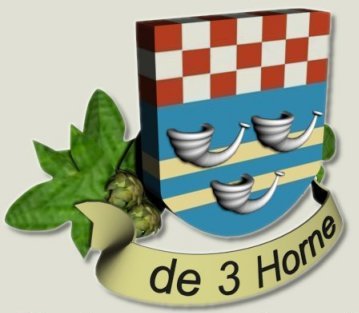BANANATANA is a 7% ale fermented with bananas and sultanas, and refermented in the bottle and keg.
Why did we commission a fruit beer?
I confess that the name was thought of first and what the beer might be like came later, but there is a good reason for this beer to exist.
There are simply not enough beers with fermented with real fruit, compared with the amount of weak "beer" with some juice, 'essence' or syrup added. A real fruit beer should taste of beer first, with the presence of fruit complementing the flavour to produce a coherent whole. What the commercial crap versions are doing with the term "beer" in the title is a mystery, as the reek of the syrup totally overwhelms any beer that might be present.
The commercial variety is known as 'fruit beer', whereas Bananatana is "beer with fruit". Fermenting with real fruit is fraught with challenges for the brewer as the fruit brings its own sugars and potentially wild yeast to the unfinished beer. This is not the type of brewing that interests bigger commercial breweries.

